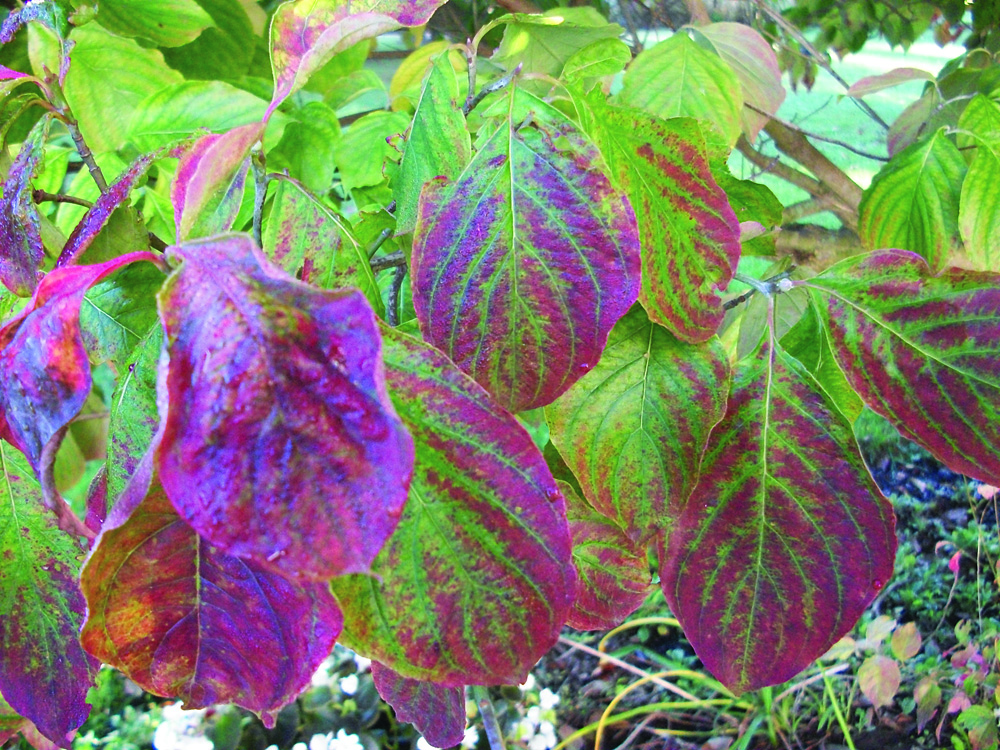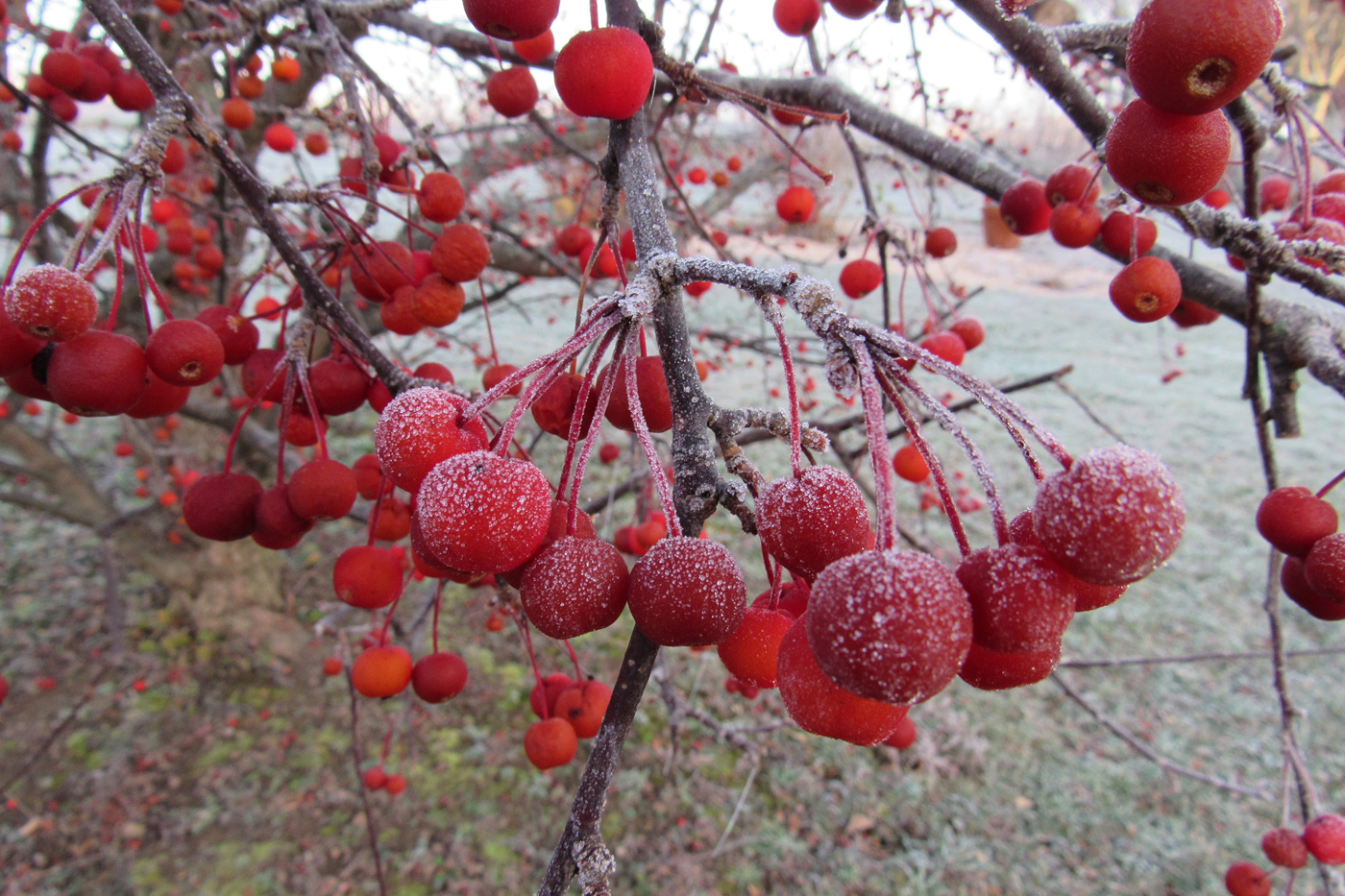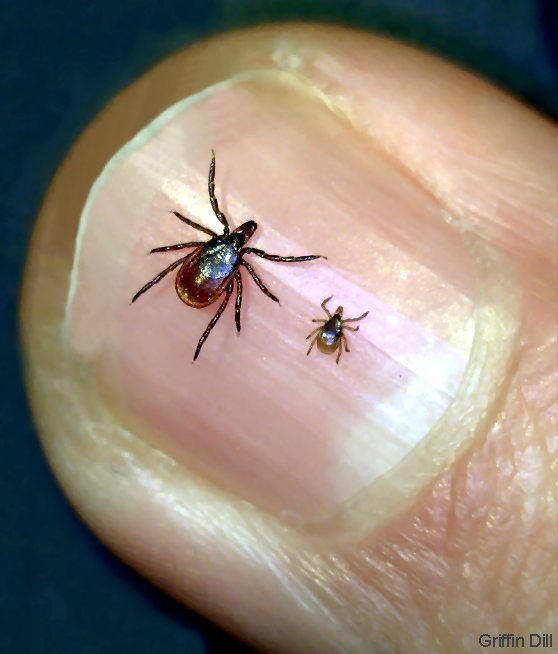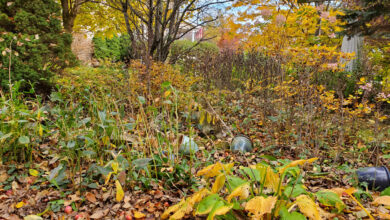Growing cherries in the home landscape

If you are enjoying the local cherry crop, you might be thinking about growing cherries in your own yard. Cherries offer flowers in early spring and edible fruit in early summer. Sour cherries can be used for pies and desserts, while sweet cherries are most often eaten fresh or in salads, main dishes and desserts.
Iowa State University Extension says to avoid wet and poorly drained sites if you want to plant a cherry tree. They do best in moist, well-drained, fertile soils. Cherries can get root rots when they are grown in poorly-drained areas. Sun is also important. Pick a site that gets at least eight hours of sun each day.
Sweet cherries bloom earlier than sour cherries and are therefore more prone to damage from late spring frosts. Keep cherry trees away from cold spots in your yard as well as southern or western exposure that can encourage early bloom.
According to Iowa State, sour cherries are self-fruitful. You only need to plant one tree for pollination and fruit set. Some sweet cherry varieties such as BlackGold and WhiteGold from Cornell University are self-fruitful. Other sweet cherry varieties may need cross-pollination from a different cherry variety in order to get fruit set.
As with other fruit trees, cherries need to be pruned for optimal fruit production. You can prune in late winter while the trees are dormant or in late summer if you have had disease issues. For sour cherries, remove broken, dead and crossed branches as well as any suckers or waterspouts growing at the base of the tree. Aim for a large vase-shape, topping young trees by cutting the central leading stem.
Remove vertical, hanging and thin branches. Sweet cherries require less pruning. Prune along a centralleader, removing broken, dead and crossed branches. Remove vertical shoots competing with the central stem. Prune all cherry trees back by about one-third annually.
Cherry trees can be attacked by insect and disease pests. Iowa State notes that damage typically is minor, and advises spraying only in certain situations. The most common plant disease is cherry leaf spot, caused by a fungus. Infected leaves develop small, purple-brown spots before turning yellow and falling off. Fruit can also be affected by a fungal disease called brown rot. Fruits develop round, light brown spots that expand and rot the fruit within a couple of days. Fruits have visible tufts of grey fuzz. I have been battling this disease in my garden. It moves fast. Iowa State and other sources say good sanitation is the best way to control fungal disease. Remove fallen leaves and affected fruit, including fruit that remains on the tree.
Pests include cherry fruit flies, which lay eggs on developing fruit in May. Fruit becomes shrunken and shriveled when ripe and usually contains one off-white maggot. Trees can be sprayed with a labeled insecticide when adults emerge and before females lay their eggs inside young fruit. The egg laying can occur over an extended period of time requiring several sprays. Yellow sticky traps can help you monitor the presence of fruit flies. Read and follow label directions whenever you use insecticides.
Birds are also an issue with cherries – they love the fruit, too. If you don’t want to share, cover the entire tree canopy with netting and secure to the tree trunk or ground. Scare devices such as aluminum pie tins or inflatable balloons can also be used.
Harvest sour cherries when the fruit is full-flavored and somewhat soft and juicy. Sweet cherries are harvested when the fruit is at the proper size, uniformly colored and has its characteristic flavor. If you are eating the cherries immediately, you don’t need to harvest the stem. If you are storing them for a time, leaving the stem in-tact can help retain quality. Store in perforated plastic bags in the refrigerator.






